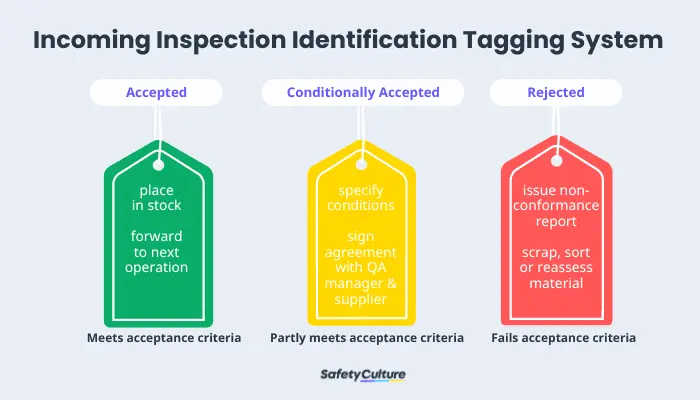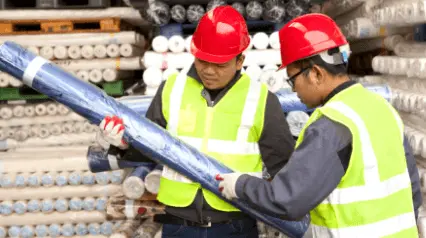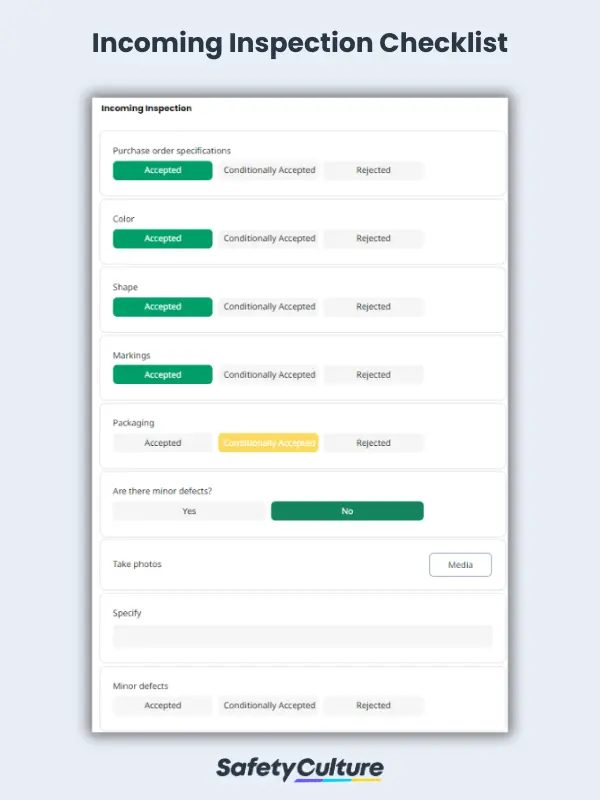What is an Incoming Inspection?
An incoming inspection, also known as a receiving inspection or material inspection, validates the quality of purchased raw materials based on set acceptance criteria. It is performed by quality assurance personnel in the manufacturing facility to resolve quality issues during pre-production. Incoming inspection results follow an identification tagging system to determine required actions when an item is tagged as accepted, conditionally accepted, or rejected.
What is an Incoming Inspection Checklist?
An incoming inspection checklist details exactly what quality assurance personnel should be validating—size, color, shape, markings, and packaging of sample material from the entire batch. With this checklist, you should be able to:
- Specify manufacturer details
- Provide supplier name and address
- Add purchase order number, material name, & description
- Validate quantity and sample size
- Determine inspection results if accepted, conditionally accepted, or rejected
- Implement required actions based on the tagging system
- Capture photos for evidence
Why Use Incoming Inspection Checklists?
Taking advantage of a mobile-ready incoming inspection checklist helps ensure the conformity of raw materials to purchase order specifications, reduce production costs, and manufacture high-quality products that meet or even exceed quality standards, customer expectations, and safety regulations.
Understanding the Identification Tagging System
The identification tagging system is used during the process of incoming quality control to express the acceptance criteria specified in the purchase order.
Each inspection result corresponds to the following actions:

Incoming Inspection Identification Tagging System
Accepted
Place the accepted materials in stock or forward them to the next operation. When all raw materials or purchased components meet quality standards, manufacturers usually proceed with the first production run and perform a First Article Inspection (FAI) to confirm that the manufacturing process produces output that meets design requirements.
Conditionally Accepted
Quality inspectors should keep an eye out for minor or major defects such as functional and dimensional deviations, shipping damages, and improper markings to determine if the raw materials can be conditionally accepted. Specify the conditions for acceptance such as rework or replacement by the supplier and ascertain that the quality manager and a supplier representative sign in agreement.
Rejected
Quality inspectors should issue a Non-Conformance Report (NCR) for rejected materials and indicate if they will be scrapped, sorted, or reassessed against more specific acceptance criteria. Rejecting materials may cause shortages and destabilize the production schedule, but it prevents costly manufacturing problems such as mass-producing unsafe and defective products.



